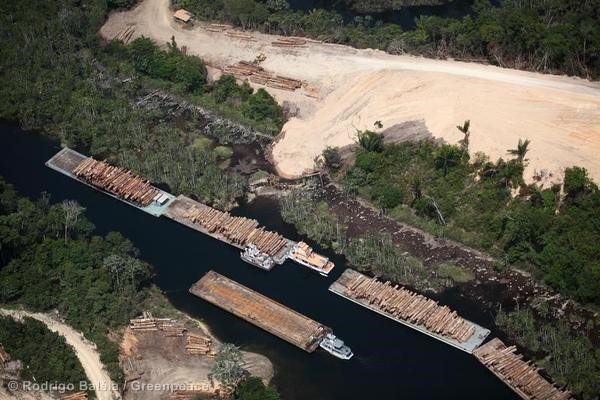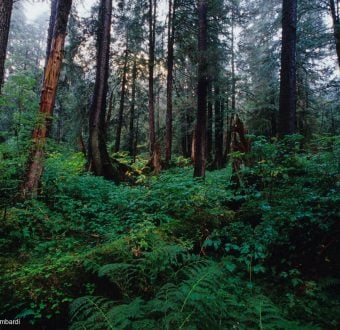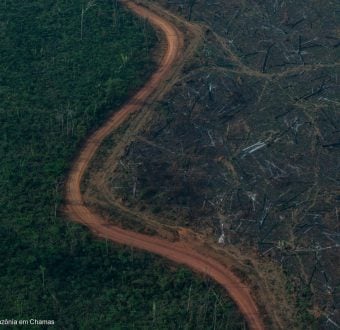Over the past several years Brazil has developed systems to control the flow of illegal timber in the Amazon but unfortunately these systems stop way short of addressing illegality, according to a Brazilian Federal Prosecutor. This week, prosecutors from the Ministerio Publico Federal[1], filed two law suits attempting to address the systemic fraud in Brazils timber legality system.
These suits underline the scale of the problem in the Brazilian timber sector. According to one lawsuit, the broken system has allowed the irregular production of a total of 26.8 thousand cubic meters of wood charcoal and lumber. The other calculates that the system illegally authorized 1.9 million cubic meters worth of forest products just in one state between 2007 and 2012. According to the prosecutors, such a volume is equates to 64,000 hectares of illegally logged forest, about ten times the size of Manhattan.
The suits, presented by official authorities demonstrate that Brazils logging laws are easily defrauded and allow the trade of wood produced in a predatory or illegal manner that destroys the forest. These frauds hide the timbers actual origins through official documents that claim that the wood is produced responsibly. These suits show how someone importing Brazilian timber today could not possibly be certain about where the wood comes from by just looking at the documents.
How the control systems [dont] work
Brazilian law requires loggers to apply for logging permits and when the state grants this permission, loggers are awarded a certain volume of legal wood credits. These credits are a virtual currency (think Bitcoin but way less secure) that accompany the timber sold to each part of the supply chain, the credit moves along with the timber from the logger, to the sawmill, to the exporter or trader with each one having its own balance of legal wood credit. The Federal Prosecutor found that holes in the system allow for the creation of credits (additional virtual currency) that should never have been emitted in the system. These spare credits are then applied illegal timber that was cut without permission- this can include timber from protected areas or timber that wouldnt have been allowed otherwise.
When done poorly, logging is the first step to the total destruction of the forest.The forest degradation caused by it is a silent threat as it is difficult to be detected by satellites. Predatory logging makes forests vulnerable to fires and is often followed by the colonization of the forest for cattle pasture and farms.
These lawsuits name as defendants the State Government Par, Tecnomapas, the company who developed the timber control system used by the State Ministry of Environment, the Brazilian Federal Environmental Agency, IBAMA, and nine sawmills involved in the scheme.
See the documents from the Brazilian Prosecutor (In Portuguese, English Translations forthcoming)
- Fraud in timber trade taking advantage of gaps in the control system
- Timber laws in Par allows the false claims raw timber volumes
[1] An independent public interest department of justice, sometimes described as a fourth branch of government in Brazil.




